39 the saving schedule shown in the diagram would shift downward if, all else equal,
The consumption schedule should shift upward and the saving schedule shift leftward. The investment schedule may shift rightward if owners of existing homes sell them and invest in construction of new homes more than previously. (b) This threat will lead people to stock up; the consumption schedule will shift up and the saving schedule down.
the saving schedule shown in the diagram would shift downward if, all else equal. consumer wealth rose rapidly because of a significant increase in stock market prices. the investment demand slopes downward and to the right because lower real interest rates:
The saving schedule shown in the above diagram would shift downward if, all else equal: A. the average propensity to save increased at each income level. B. the marginal propensity to save rose at each income level. C. consumer wealth rose rapidly because of a significant increase in stock market prices.

The saving schedule shown in the diagram would shift downward if, all else equal,
The saving schedule shown in the diagram would shift downward if, all else equal: asked Aug 18, 2018 in Economics by pix96. A. the average propensity to save increased at each income level. B. the marginal propensity to save rose at each income level. C. consumer wealth rose rapidly because of a significant increase in stock market prices.
The saving schedule shown in the diagram would shift downward if, all else equal, the average propensity to save increased at each income level. the marginal propensity to save rose at each income level. the real interest rate rose. consumer wealth rose rapidly because of a significant increase in stock market prices.
The saving schedule shown in the above diagram would shift downward if, all else equal: A) the average propensity to save increased at each income level. B) the marginal propensity to save rose at each income level. C) consumer wealth rose rapidly because of a significant increase in stock market prices. D) the real interest rate fell.
The saving schedule shown in the diagram would shift downward if, all else equal,.
Question 9. Explain saving function with the help of schedule and diagram. [AI 2008] Answer: (i) Propensity to save (or saving function) shows the functional relationship between aggregate savings and income.S=f(Y) In other words, the part of income which is not spent on current consumption is known as saving.
Assuming all else equal, an identity theft problem raises the demand of money. ... An increase in money supply shifts the: a. LM schedule downward to the left. ... Show with the help of a diagram ...
Other things equal, curve B will shift upward when. curve A shifts to the right. At the $300 level of GDP. aggregate expenditures and GDP are equal. All else equal, a large decline in the real interest rate will shift the. investment schedule upward. In equilibrium, the level of saving will be: $10. A recessionary expenditure gap exists if
The saving schedule shown in the above diagram would shift downward if, all else equal: A. the average propensity to save increased at each income level. B. the marginal propensity to save rose at each income level. C. consumer wealth rose rapidly because of a significant increase in stock market prices.
The saving schedule shown in the above diagram would shift downward if, all else equal: consumer wealth rose rapidly because of a significant increase in stock market prices. Refer to the above diagram. At disposable income level D, consumption is: equal to D minus CD.
A) all points where the MPC is constant. B) all points at which saving and income are equal. C) all the points at which consumption and income are equal. D) the amounts households will plan to save at each possible level of income. Answer: C 7. As disposable income goes up the: A) APC falls. C) volume of consumption declines absolutely.
thriftiness decreases consumption and increases saving for any level of output; since output is fixed, the saving schedule shifts to the right, as in the figure below. At the new equilibrium, the interest rate is lower, and investment and saving are higher. Planned expenditure Y, income, output Y = E E1 = C1bar+c(Y-T)+Ibar+G E E2 = C2bar+c(Y-T ...
Therefore, all else equal, the drop in the international rate of interest will cause the BP curve to shift down to BP' as shown in the diagram. But the economy is at point A and thus there is now a surplus in the external sector due to the improvement in the capital account. In other words, there is now an excess supply of foreign currency in ...
The saving schedule shown in the diagram would shift downward if, all else equal, A. the average propensity to save increased at each income level. B. the marginal propensity to save rose at each income level. C. consumer wealth rose rapidly because of a significant increase in stock market prices.D. the real interest rate rose.
Disposable Income The saving schedule shown in the diagram would shift downward if, all else equal, the average propensity to save increased at each income level. the marginal propensity to save rose at each income level. consumer wealth rose rapidly because of a significant increase in stock market prices. the real interest rate rose.
D) a rightward shift in this nation's 45-degree line. Answer: A 25. Refer to the above diagram. The change in aggregate expenditures as shown from (C + Ig + Xn1) to (C + Ig+ Xn 2) will produce: A) a decrease in real GDP. B) an inflationary gap if 0D is this nation's full-employment level of GDP.
The Investment Multiplier. The model of Aggregate Expenditures that we are currently considering is often called a Keynesian Model because it was first formulated by British economist John Maynard Keynes in his General Theory of Employment, Interest, and Money, published in 1936—at the height of the great depression. One of the central premises of Keynesian economics is the idea of a multiplier.
Even if income has stayed the same, if too much debt accumulates, consumers will start to spend less and pay off debt. This is illustrated by a downward shift in the Consumption Function and an upward shift in the Savings Function (remember that paying off debt is the same thing as increasing savings). The opposite is also true.
Suppose an economy's consumption schedule shifts from C1 to C2 as shown. We can say that its: ... a downward shift of the consumption schedule. B) an upward shift on the consumption schedule ... all points at which saving and income are equal. C) all points at which consumption and income are equal. D) the amounts households will plan to save ...
A) an upward shift of the consumption schedule. B) an upward shift of the saving schedule. C) a movement down along a stable consumption function. D) a downshift of the saving schedule. 15) 16) Assume the economy's consumption and saving schedules simultaneously shift downward. This must be the result of: A) the expectation of a recession. B ...
The lines shift in AE(Y) to AE(Y)' is caused by the increase in I, as shown by the increase in autonomous spending from A to A'. As AE shifts in the above diagram, AD shifts to the right in the AD-AS diagram, as shown below: Point F in the AD-AS diagram above correspond to point F in the AE diagram.
The saving schedule shown in the diagram would shift downward if, all else equal, A) the average propensity to save increased at each income level. B) the marginal propensity to save rose at each income level. C) consumer wealth rose rapidly because of a significant increase in stock market prices. D) the real interest rate rose.
Chapter 24 Monetary and Fiscal Policy in the ISLM Model 861 5) In the Keynesian cross diagram, a decline in autonomous consumer expenditure causes the aggregate demand function to shift _____, the equilibrium level of aggregate output to fall, and the
rise when output exceeds its long-run level, causing a shift in the asset market equilibrium curve from AʹAʹ to AʺAʺ, which returns output to its long-run level. Figure 17(6)-6 12. An increase in the risk premium shifts the asset market curve out and to the right, all else being equal.
15. Other things equal, if the national incomes of the major trading partners of the United States were to rise, the U.S.: A) aggregate demand curve would shift to the right. B) aggregate supply curve would shift to the left. C) aggregate supply curve would shift to the right. D) aggregate demand curve would shift to the left. Answer: A 16.
The saving schedule shown in the above diagram would shift downward if, all else equal: A. the average propensity to save increased at each income level. B. the marginal propensity to save rose at each income level. C. consumer wealth rose rapidly because of a significant increase in stock market prices. D. the real interest rate rose.
The saving schedule shown in the above diagram would shift downward if, all else equal: C = 40 + .6Yd. Disposable income: $0 100 200 300 400 Consumption: $40 100 160 220 280 Which of the following equations correctly represents the above data? S = -40 + .4Yd.
reverse wealth effect, caused by a decrease in stock market prices. If the consumption schedule shifts downward, and the shift was not caused by a tax change, then the saving schedule will shift upward. As the consumption and saving schedules relate to real GDP, an increase in taxes will shift
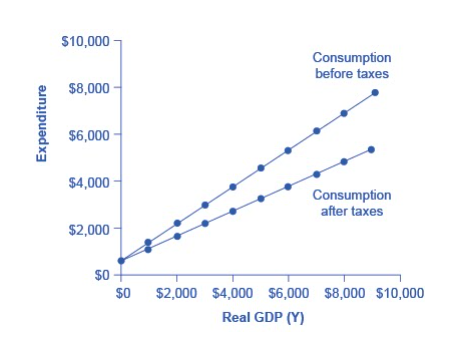


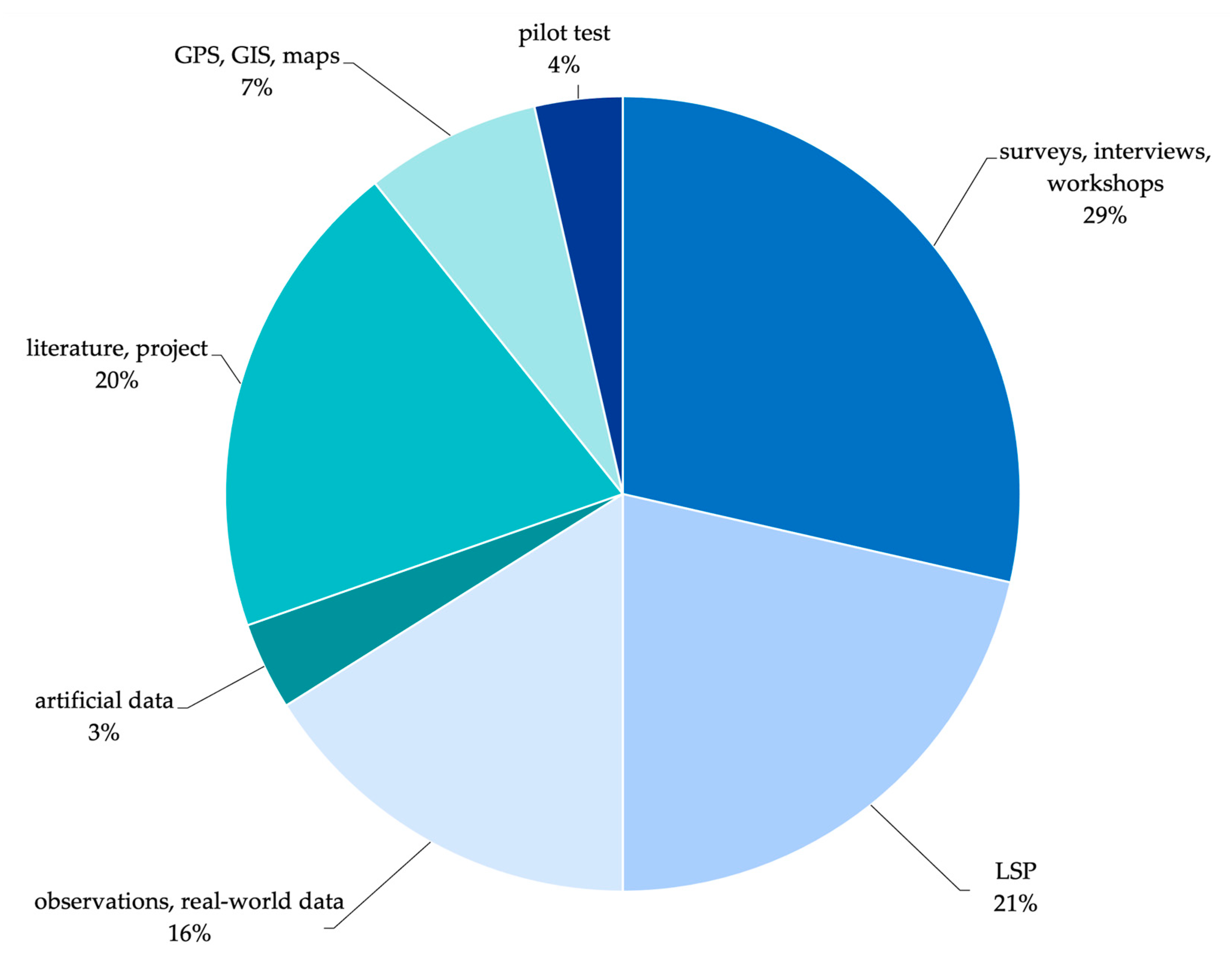


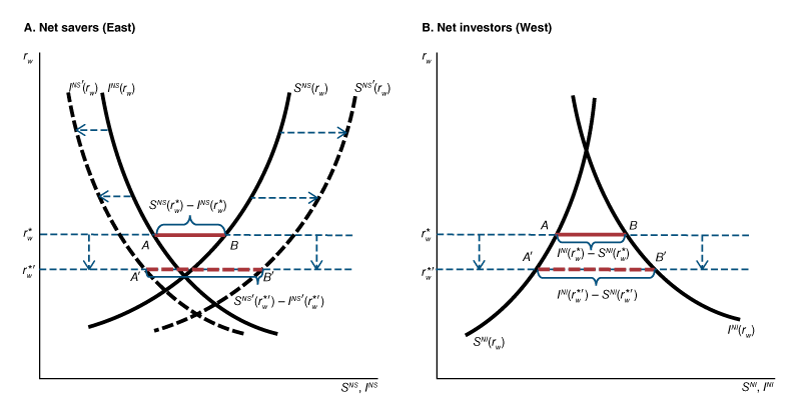



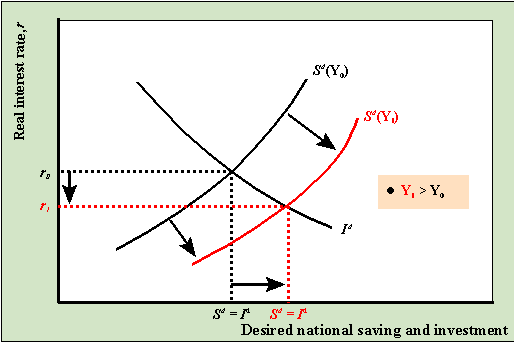
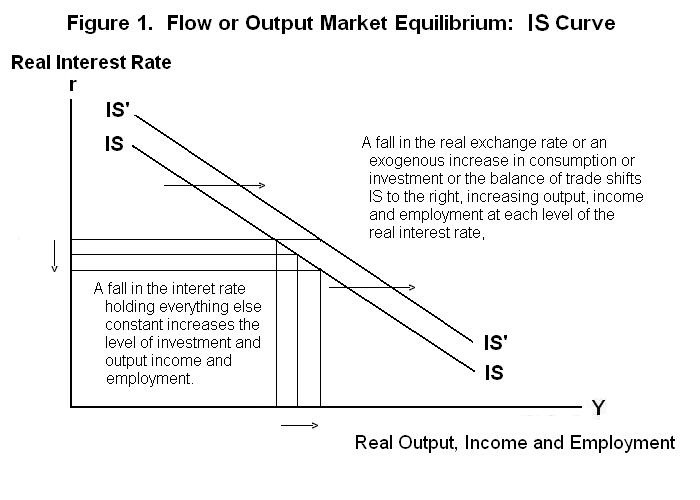
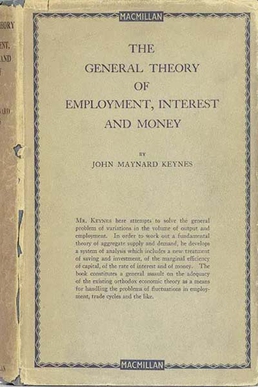




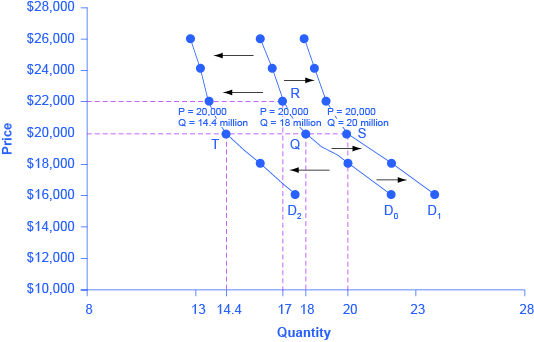

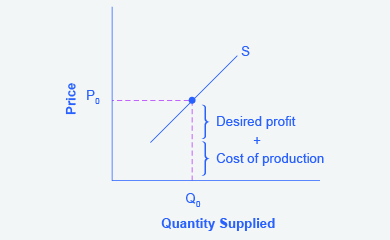

0 Response to "39 the saving schedule shown in the diagram would shift downward if, all else equal,"
Post a Comment